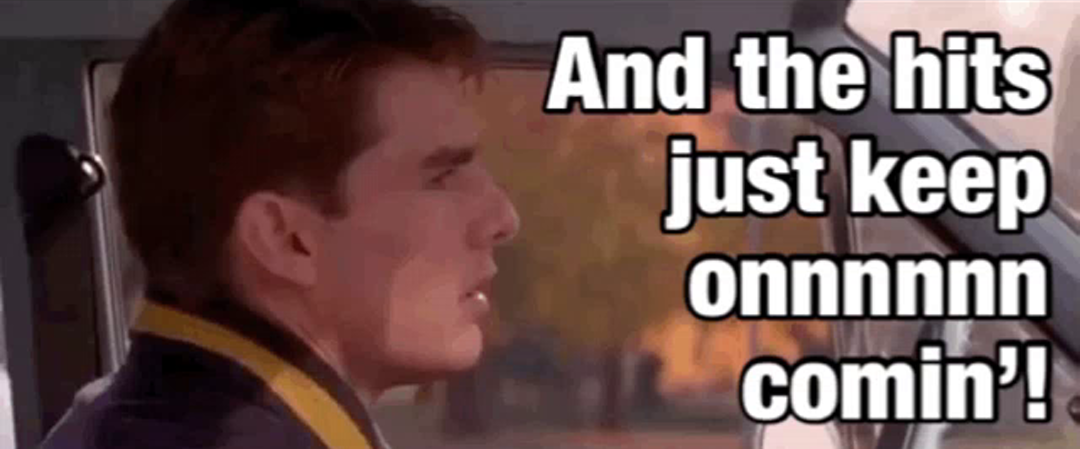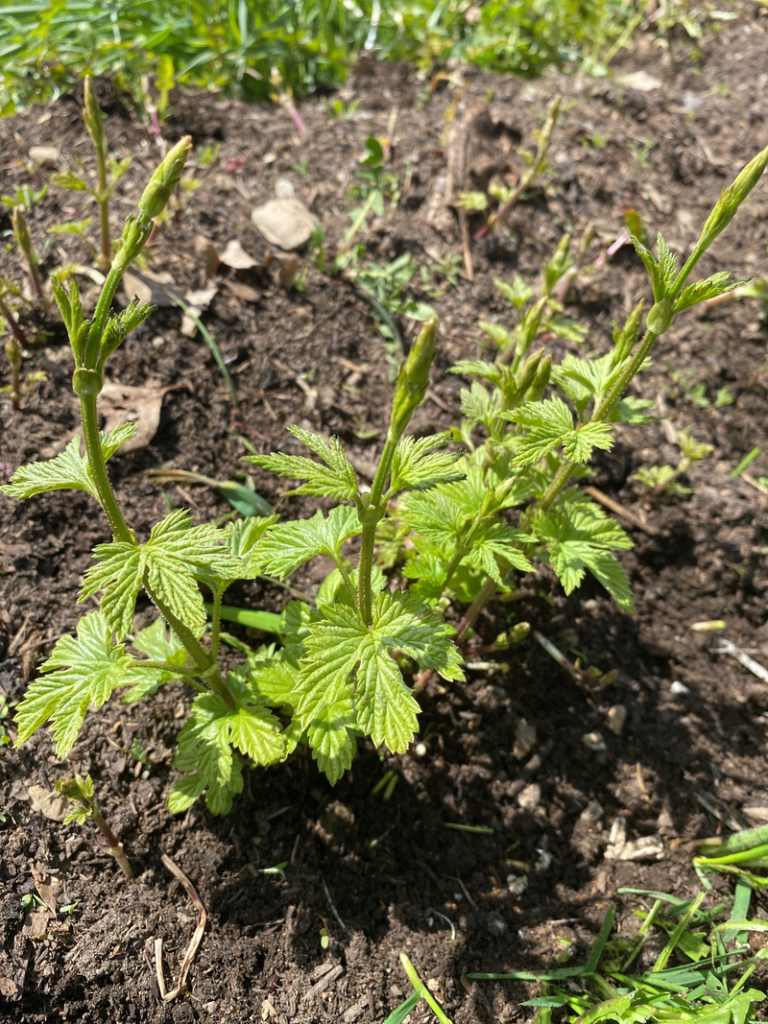A Certified Naturally Grown Farm - Saint Marys, Pennsylvania
And The Hits Just Keep Onnnnnn Comin’
Posted on April 26, 2021 by Joshua

Like most hop yards, we plan days, or most often weeks in advance for specific activities to take place on the Farm. Many of which revolve around the Solstice, June 21st. That’s the day hops need to be to the top of the wire vertically, approximately 20′ up, to then begin producing their side-arms which is where the hop cones are found. The more vertical distance, the more sidearms, the more hops, the more beer. Simples, right?
Well sort of. I haven’t researched it a ton, but one would think having one of America’s oldest breweries located in their hometown dating back to the mid 1800’s, they must’ve grown their own hops locally, right? If they did, it wasn’t much as my guess is they brought them in from states like NY which was the capital of hops growing until the early 1900’s, or they imported them over from Germany. Why do I think this? Three reasons.
First, our growing season in St. Marys is nothing to write home to Bavaria about – see what I did there? It’s short, especially compared to the powerhouse hop growing areas of the Pacific Northwest, or Maryland, Ohio, and a few others. Second, there’s a reason bricks were made here in St. Marys – our soils are heavy clay. This combination does not scream “grow yer hops here!”. Finally, it gets humid here in the Summer. Not crazy humid, but humid enough that it helped contribute to the rise of pests and disease in those early East Coast hopyards that moved the vast majority of production West.
So how does this all tie back to the timing of events in the hop yards? Well because we know when the bines need to be to the top of the wires, and we know pretty well how long it takes them to do so, and how long after the initial emergence the healthier begin to grow vs the “bull shoots”, we can use simple math (thank you!).

The process follows this path; Snow melts in late March (usually…although we’ve had snow as late as the first week of May) and the first of the hops slowly creek through the warming soil. These are the “bull shoots”, the not-so-ready-for-primetime contenders. They tend to be brittle, hollow inside, and have a purple color to them. In addition, there can be instances of disease that slept through Winter and are reemerging with these shoots. So we do a combination of flame weeding, we also helps knock back the weeds, and hand cultivation.
By this time in the season here in late April, we want the health shoots to start emerging as given 2-3 weeks they’ll be ready to train to start growing on the coir. So at some point, now that we’ve knocked down the bull shoots, we string the yard so it’s ready to go when the bines are about 1′ tall which is when we can wrap them clockwise around the coir. That will be early-to-mid May for the stringing, and late May to have them trained. They then have that amount of time to reach the tops of the wires by the Solstice.

Category: Blog, Equipment, Hops, Hopyard, Marketing & Social Media, Posts with image

